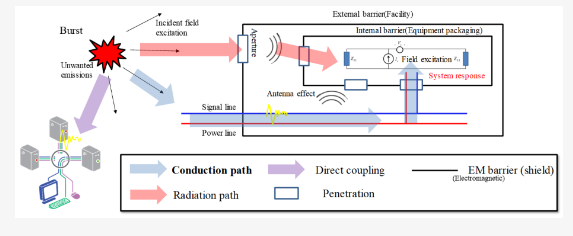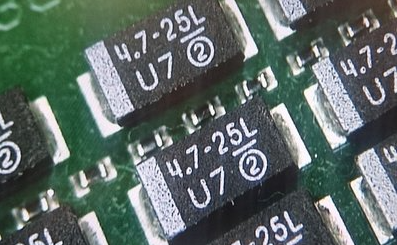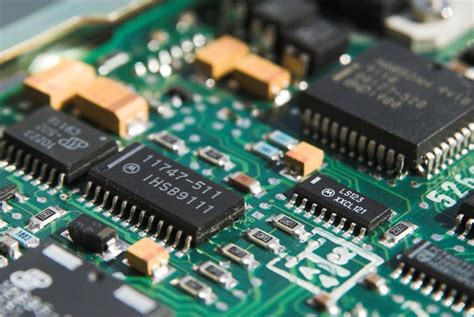Pcb manufacturing files
Understanding In PCB Manufacturing Files
In the realm of printed circuit board (PCB) manufacturing, Gerber files play a pivotal role in translating design concepts into tangible products. These files, named after the Gerber Scientific Instrument Company, are the industry standard for conveying detailed information about PCB designs to manufacturers. Understanding Gerber files is essential for anyone involved in PCB design and production, as they ensure that the final product accurately reflects the designer’s intentions.
Gerber files are essentially a collection of files that describe various layers of a PCB.
Each file corresponds to a specific layer, such as the copper layers, solder mask, silkscreen, and drill data. These files use a standardized format to represent the intricate details of each layer, including the placement of components, traces, pads, and other critical features. By providing a precise blueprint, Gerber files enable manufacturers to fabricate PCBs with high accuracy and consistency.
One of the key aspects of Gerber files is their ability to represent complex designs in a universally understood format.
This standardization is crucial because it allows designers and manufacturers to communicate effectively, regardless of the software tools they use. The most common format for Gerber files is RS-274X, which includes embedded aperture definitions and other essential information. This format has largely replaced the older RS-274-D format, which required separate aperture files and was more prone to errors.
To create Gerber files, designers typically use PCB design software such as Altium Designer, Eagle, or KiCad.
These tools allow designers to lay out their circuits, define the various layers, and generate the corresponding Gerber files. Once the design is complete, the software exports the Gerber files, which can then be sent to the manufacturer. It is important for designers to carefully review these files before submission, as any errors or omissions can lead to costly manufacturing mistakes.
In addition to the standard Gerber files, designers often include a drill file, typically in the Excellon format, which specifies the locations and sizes of holes to be drilled in the PCB.
This file is crucial for defining vias, mounting holes, and other drilled features. Together, the Gerber and drill files provide a comprehensive set of instructions for the manufacturer to follow.
Another important consideration when working with Gerber files is the use of design rule checks (DRCs).
These checks help ensure that the design adheres to the manufacturing capabilities and constraints of the chosen fabrication process. By running DRCs, designers can identify potential issues such as trace width violations, spacing errors, and other problems that could affect the manufacturability and performance of the PCB. Addressing these issues before generating the Gerber files can save time and reduce the risk of costly rework.
Once the Gerber files are submitted to the manufacturer, they undergo a series of checks and preparations before the actual fabrication process begins.
Manufacturers use specialized software to verify the files, ensuring that they are complete and free of errors. This step is critical, as any discrepancies between the design and the Gerber files can lead to defects in the final product. After verification, the manufacturer proceeds with the fabrication process, which involves etching the copper layers, applying solder mask and silkscreen, drilling holes, and performing other necessary steps to produce the finished PCB.
In conclusion, Gerber files are an indispensable component of PCB manufacturing, serving as the bridge between design and production. By providing a standardized and detailed representation of PCB designs, these files enable accurate and efficient fabrication. Understanding the role and importance of Gerber files is essential for designers and manufacturers alike, as it ensures that the final product meets the desired specifications and quality standards.
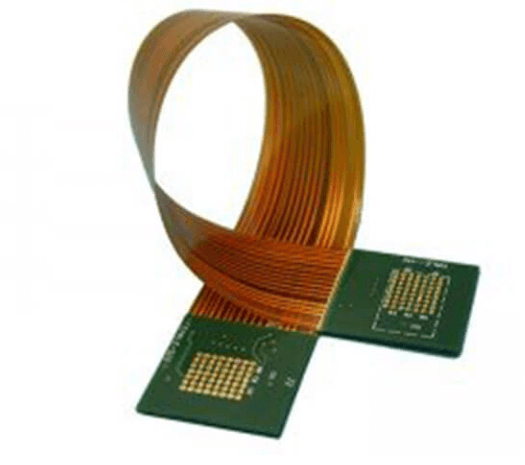
The Importance Of Bill Of Materials (BOM) In PCB Production
In the realm of printed circuit board (PCB) production, the Bill of Materials (BOM) stands as a cornerstone document, integral to the successful execution of any project. The BOM is essentially a comprehensive list that details all the components, materials, and assemblies required to construct a PCB. Its importance cannot be overstated, as it serves multiple critical functions throughout the manufacturing process.
To begin with, the BOM provides a clear and organized inventory of all the parts needed for the PCB.
This includes everything from resistors and capacitors to integrated circuits and connectors. By listing each component along with its specifications, quantities, and part numbers, the BOM ensures that nothing is overlooked. This meticulous documentation is crucial for maintaining consistency and accuracy, which are essential for high-quality PCB production.
Moreover, the BOM facilitates effective communication between various stakeholders involved in the project.
Engineers, procurement teams, and manufacturers all rely on the BOM to understand the requirements and specifications of the PCB. This shared reference point helps to eliminate misunderstandings and ensures that everyone is on the same page. Consequently, the BOM plays a pivotal role in streamlining the workflow and enhancing collaboration among different departments.
In addition to fostering communication, the BOM also aids in cost management.
By providing a detailed list of components, it allows procurement teams to source materials efficiently and economically. They can compare prices from different suppliers, negotiate better deals, and make informed purchasing decisions. This not only helps in reducing costs but also ensures that high-quality components are used, thereby enhancing the overall reliability and performance of the PCB.
Furthermore, the BOM is indispensable for inventory management.
It helps in tracking the availability of components and identifying any shortages or surpluses. This information is vital for planning production schedules and avoiding delays. By ensuring that all necessary materials are on hand when needed, the BOM helps to maintain a smooth and uninterrupted manufacturing process.
Another significant aspect of the BOM is its role in quality control.
By specifying the exact components and their sources, the BOM helps in maintaining consistency and standardization across different production batches. This is particularly important for ensuring that the final product meets the required specifications and quality standards. Any deviations from the BOM can be quickly identified and rectified, thereby minimizing the risk of defects and ensuring the reliability of the PCB.
Moreover, the BOM is also crucial for compliance and traceability.
In industries where regulatory compliance is mandatory, the BOM provides a detailed record of all the materials used in the production process. This documentation is essential for demonstrating compliance with industry standards and regulations. Additionally, in the event of a product recall or failure, the BOM allows for traceability, enabling manufacturers to identify and address the root cause of the issue promptly.
In conclusion, the Bill of Materials (BOM) is an indispensable document in PCB production, serving multiple critical functions that contribute to the success of the project. From providing a detailed inventory of components and facilitating communication to aiding in cost management, inventory control, quality assurance, and compliance, the BOM is a vital tool that ensures the efficient and effective execution of PCB manufacturing. Its importance underscores the need for meticulous attention to detail and thorough documentation in the production process, ultimately leading to the creation of high-quality and reliable PCBs.
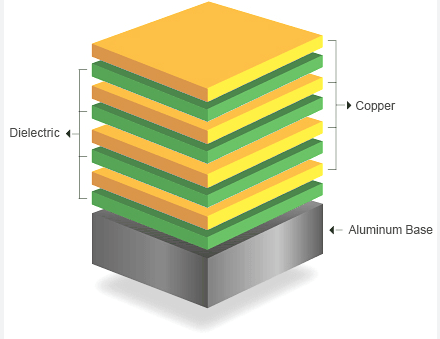
How To Create And Use Drill Files For PCB Fabrication
Creating and using drill files for PCB fabrication is a critical step in the manufacturing process, ensuring that the printed circuit board (PCB) meets the required specifications and functions correctly. Drill files, also known as Excellon files, provide precise information about the locations, sizes, and types of holes that need to be drilled into the PCB.
These holes are essential for mounting components and establishing electrical connections between different layers of the board.
To create and use drill files effectively, one must follow a series of methodical steps, starting with the design phase and culminating in the fabrication process.
Initially, the PCB design software plays a pivotal role in generating accurate drill files. Popular design tools such as Altium Designer, Eagle, and KiCad offer integrated features to define drill holes during the layout process. Designers must specify the exact coordinates, diameters, and types of holes, including through-holes, blind vias, and buried vias. Through-holes penetrate the entire board, while blind and buried vias connect specific layers without extending through the entire PCB. Ensuring that these parameters are correctly set is crucial, as any discrepancies can lead to manufacturing defects or functional failures.
Once the design is complete, the next step involves exporting the drill files from the PCB design software.
Typically, this is done by selecting the appropriate export option within the software, which generates the Excellon file format. This file contains detailed instructions for the drilling machine, including the X and Y coordinates of each hole, the tool size, and the drill depth. It is essential to review the generated drill file to verify its accuracy, as errors at this stage can be costly and time-consuming to rectify later.
After exporting the drill files, they must be included in the set of manufacturing files sent to the PCB fabricator.
Alongside the drill files, other essential files such as Gerber files, which define the copper layers, solder mask, and silkscreen, should be provided. Clear communication with the fabricator is vital to ensure they understand the specifications and requirements of the drill files. Providing a detailed fabrication drawing or a README file can help clarify any ambiguities and prevent misunderstandings.
During the fabrication process, the drill files guide the CNC drilling machines to create the necessary holes with high precision.
The machines read the Excellon file and execute the drilling operations according to the specified coordinates and tool sizes. It is important to note that the quality of the drilled holes can significantly impact the overall performance of the PCB. Therefore, selecting a reputable fabricator with advanced drilling equipment and stringent quality control measures is advisable.
In conclusion, creating and using drill files for PCB fabrication involves a series of meticulous steps, from defining hole parameters in the design software to exporting and verifying the drill files, and finally, ensuring accurate execution during the fabrication process. By adhering to these steps and maintaining clear communication with the fabricator, designers can ensure that the resulting PCBs meet the desired specifications and function reliably. The precision and accuracy of drill files are paramount, as they directly influence the electrical and mechanical integrity of the final product.
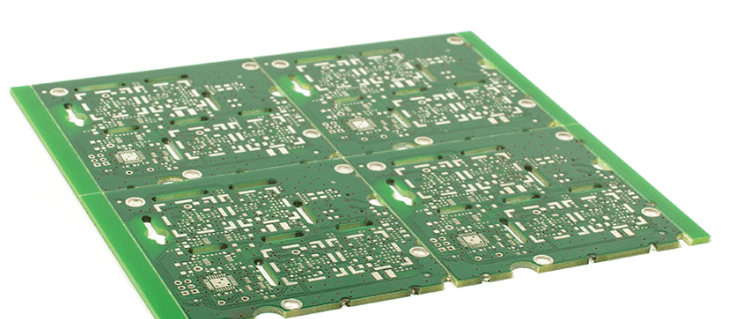
Best Practices For Generating Assembly Drawings In PCB Design
Generating assembly drawings in PCB design is a critical step that ensures the seamless transition from design to manufacturing. These drawings serve as a blueprint for the assembly process, providing essential information to manufacturers and assemblers. To achieve the best results, it is imperative to adhere to certain best practices that enhance clarity, accuracy, and efficiency.
First and foremost, it is essential to include a comprehensive Bill of Materials (BOM) in the assembly drawings.
The BOM should list all components, including part numbers, descriptions, and quantities. This detailed inventory helps manufacturers procure the correct parts and reduces the risk of errors during assembly. Additionally, it is beneficial to include reference designators that correspond to the schematic and layout, ensuring consistency across all documentation.
Another crucial aspect is the clear depiction of component placement.
The assembly drawing should provide a top and bottom view of the PCB, highlighting the exact location of each component. Using silkscreen layers to indicate component outlines and reference designators can significantly aid in this process. Furthermore, it is advisable to use different colors or shading to distinguish between various components, making the drawing more intuitive and easier to interpret.
To further enhance the clarity of assembly drawings, it is important to include detailed notes and instructions.
These notes should cover any special assembly requirements, such as specific soldering techniques, component orientation, or handling precautions. Including such information helps prevent misunderstandings and ensures that the assembly process adheres to the designer’s intent.
In addition to component placement, the assembly drawing should also illustrate the polarity and orientation of components.
This is particularly important for polarized components like diodes, capacitors, and integrated circuits. Clear markings indicating the correct orientation can prevent assembly errors that might lead to malfunctioning circuits. Using standardized symbols and notations for polarity can further enhance the clarity and consistency of the drawings.
Moreover, it is beneficial to include a detailed legend or key that explains all symbols, notations, and abbreviations used in the assembly drawing.
This legend acts as a reference guide for assemblers, ensuring that they can accurately interpret the information presented. Including a legend is especially important when using industry-specific symbols or custom notations that may not be universally recognized.
Another best practice is to ensure that the assembly drawing is generated in a format that is easily accessible and compatible with the manufacturer’s systems. Common formats include PDF, Gerber, and ODB++. Providing the assembly drawing in a widely accepted format ensures that manufacturers can readily access and utilize the information without compatibility issues.
Furthermore, it is advisable to conduct a thorough review and verification of the assembly drawing before finalizing it.
This review process should involve cross-checking the drawing against the schematic, layout, and BOM to ensure consistency and accuracy. Involving multiple team members in the review process can help identify any discrepancies or potential issues that may have been overlooked.
Lastly, maintaining clear and open communication with the manufacturer is essential throughout the entire process. Providing contact information and encouraging feedback can help address any questions or concerns that may arise during assembly. This collaborative approach fosters a better understanding of the design requirements and can lead to a more efficient and successful assembly process.
In conclusion, generating assembly drawings in PCB design requires meticulous attention to detail and adherence to best practices. By including a comprehensive BOM, clearly depicting component placement, providing detailed notes and instructions, illustrating polarity and orientation, including a legend, ensuring compatibility, conducting thorough reviews, and maintaining open communication with the manufacturer, designers can create assembly drawings that facilitate a smooth and error-free manufacturing process.




